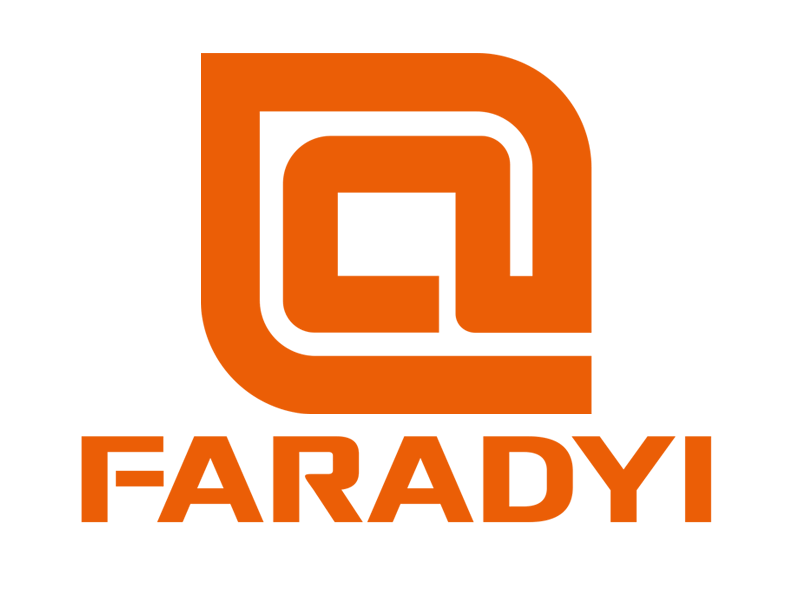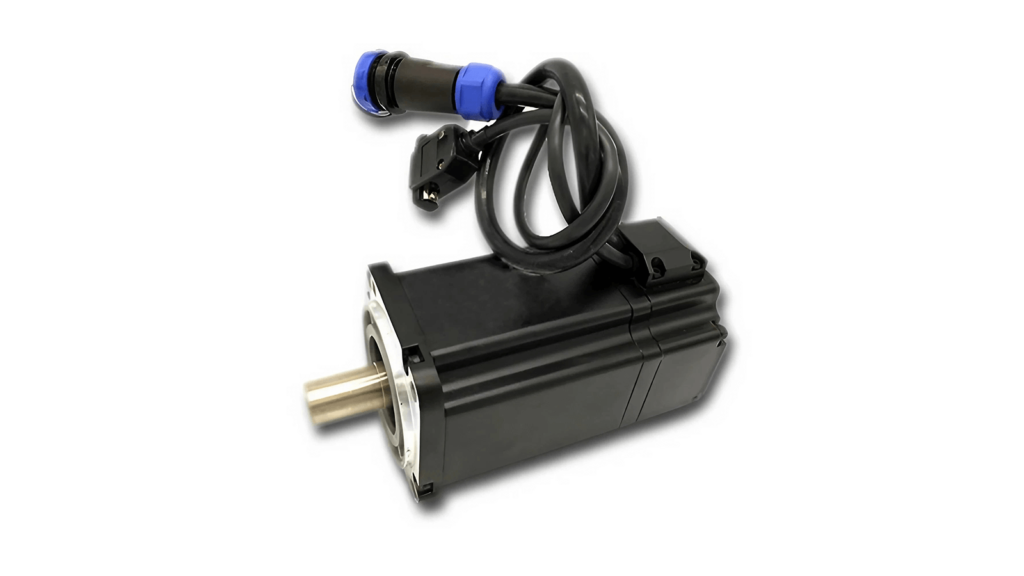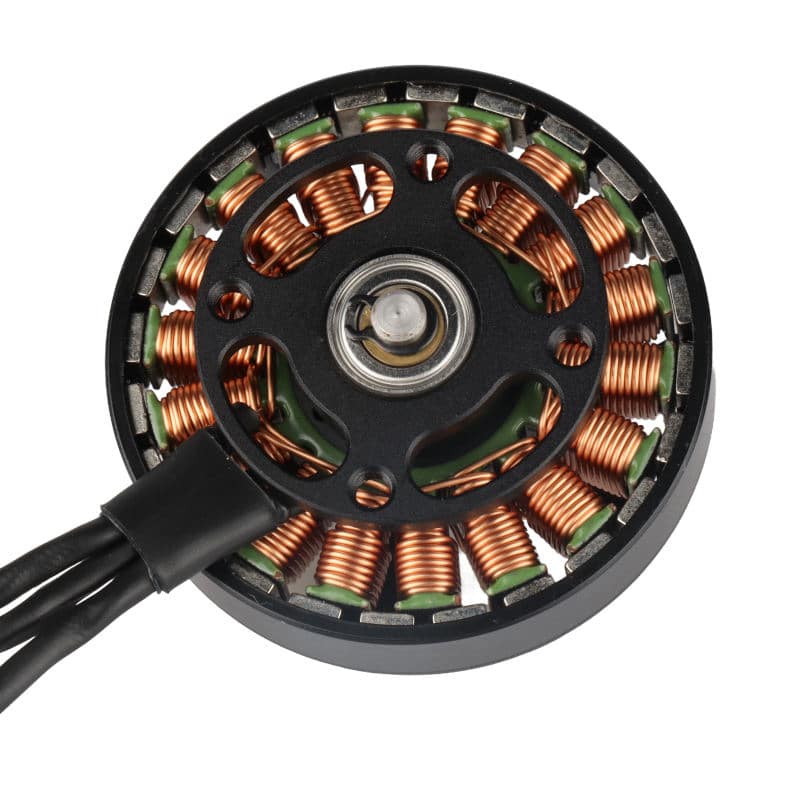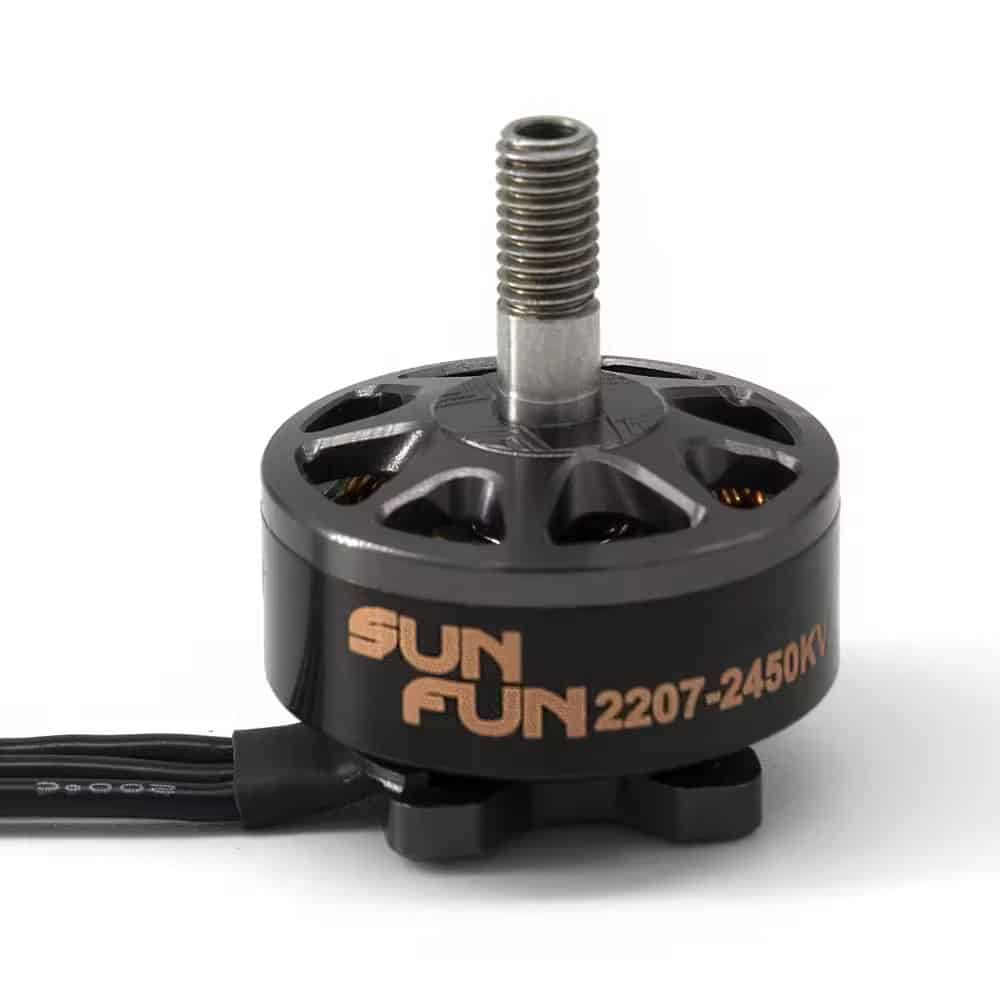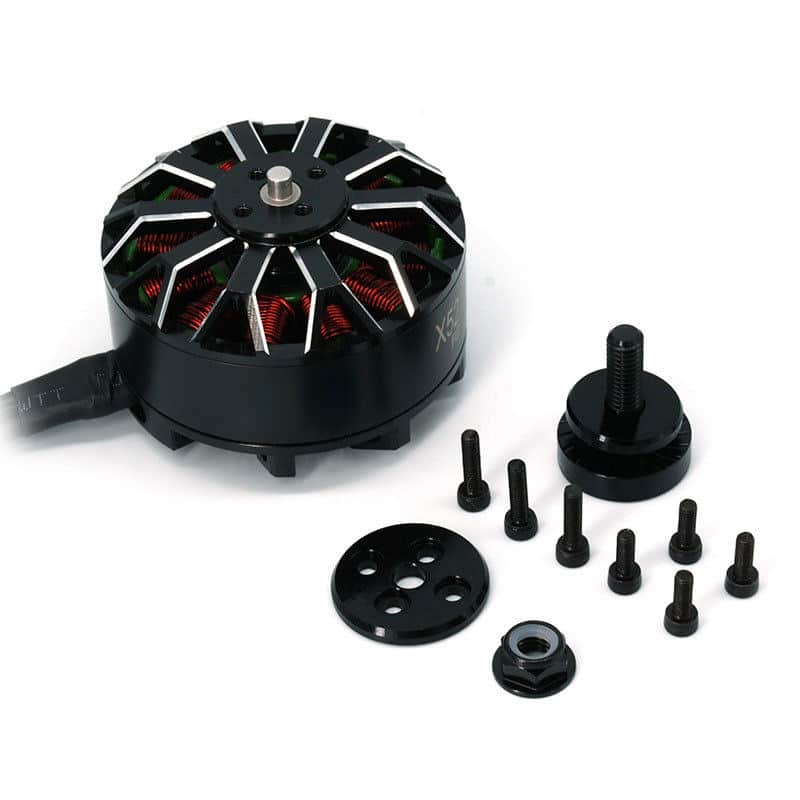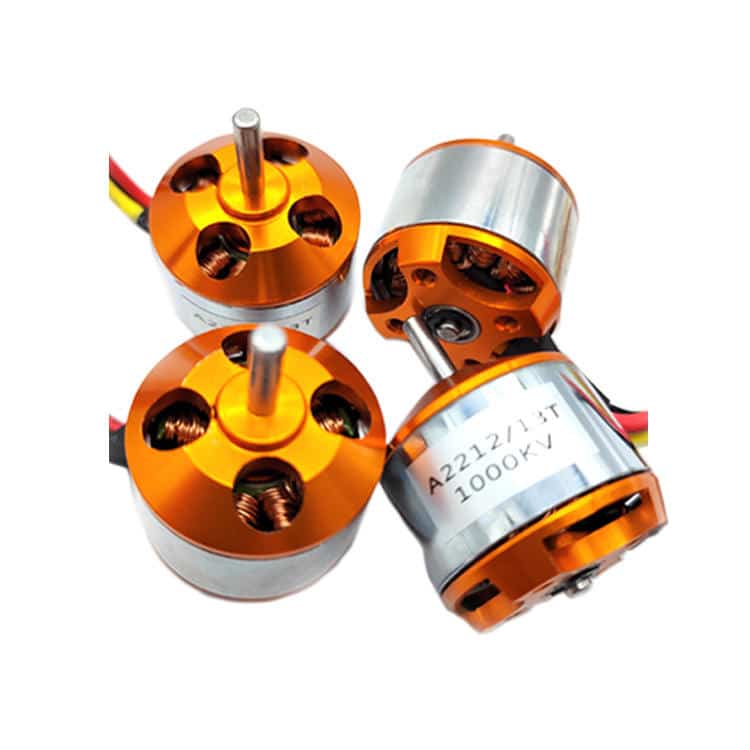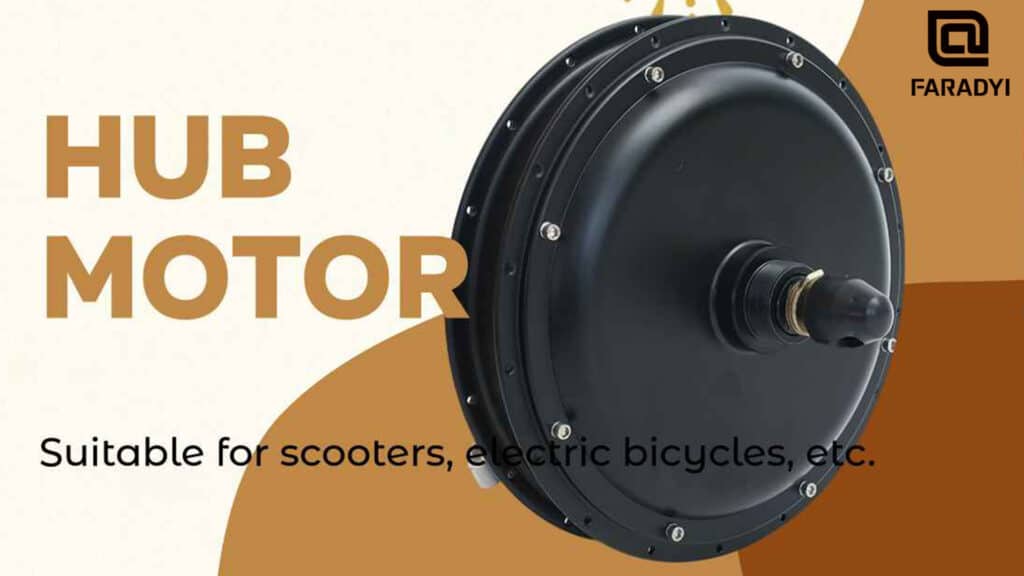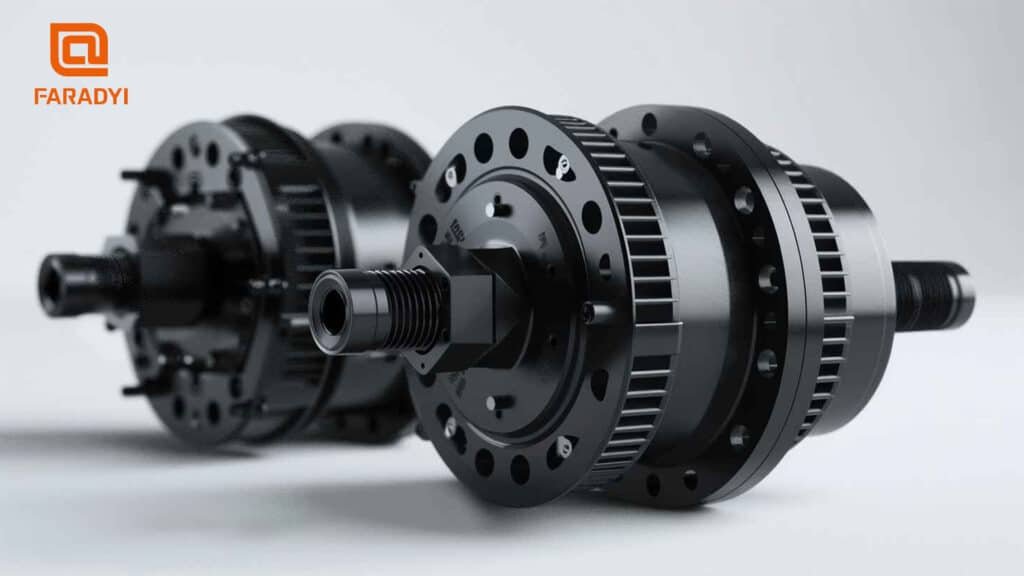Les contrôleurs de servomoteurs à courant continu impliquent divers ajustements de gain pour optimiser les performances. Faradyi Motors détaillera ces ajustements :
Gain d'anticipation de position :
- Définissez le gain d’anticipation de la boucle de position.
- Une valeur définie plus élevée indique un retard de position moindre sous les impulsions de commande de fréquence.
- Des gains d'anticipation plus élevés améliorent la réponse à grande vitesse du système de contrôle mais peuvent conduire à une instabilité et à des oscillations.
- Généralement réglé sur 0 lorsque des caractéristiques de réponse élevées ne sont pas requises (plage : 0-100%).
Gain proportionnel à la position :
Ajustez le gain proportionnel du contrôleur de boucle de position. Une valeur de réglage plus élevée entraîne une plus grande rigidité et un décalage de position réduit sous les mêmes impulsions de commande de fréquence. Cependant, des valeurs trop élevées peuvent provoquer des oscillations ou des dépassements. La valeur spécifique dépend du modèle du système de servomoteur CC et des conditions de charge.
Constante de temps intégrale de vitesse :
Définissez la constante de temps intégrale du contrôleur de vitesse.
Une valeur définie plus petite indique une vitesse intégrale plus rapide. La valeur du paramètre est déterminée par le modèle du système de commande du servomoteur à courant continu et les conditions de charge. Généralement, pour une inertie de charge plus importante, une valeur de consigne plus grande est choisie.
Choisissez une valeur raisonnablement petite, sauf si des oscillations se produisent.
Gain proportionnel à la vitesse :
Ajustez le gain proportionnel du contrôleur de vitesse.
Une valeur de consigne plus élevée entraîne une plus grande rigidité. La valeur du paramètre dépend du modèle spécifique du système de commande du servomoteur à courant continu et des conditions de charge. Généralement, une valeur de consigne plus grande est choisie pour une inertie de charge plus grande.
Choisissez une valeur raisonnablement grande, sauf si des oscillations se produisent.
Facteur de filtrage du retour de vitesse :
Définissez les caractéristiques du filtre passe-bas pour le retour de vitesse.
Une valeur plus grande correspond à une fréquence de coupure plus faible, réduisant ainsi le bruit dans le servomoteur CC. Si l'inertie de la charge est importante, pensez à diminuer la valeur réglée. Cependant, des valeurs trop faibles peuvent ralentir la réponse du retour de vitesse.
Une valeur plus petite correspond à une fréquence de coupure plus élevée, offrant une réponse de retour de vitesse plus rapide. Diminuez la valeur définie si une réponse en vitesse plus élevée est nécessaire.
Réglage du couple de sortie maximal :
Définissez la limite de couple interne pour le servomoteur CC.
La valeur réglée est un pourcentage du couple nominal.
La limite est toujours effective dans la plage de réalisation du positionnement.
Méthode de contrôle de position :
Définissez la plage d’impulsions de fin de positionnement pour la méthode de contrôle de position.
Le paramètre offre une base permettant au contrôleur de juger si le positionnement est terminé dans la méthode de contrôle de positionnement. Lorsque le nombre d'impulsions restantes dans le compteur d'écart de position est inférieur ou égal à la valeur définie, le contrôleur de servomoteur CC considère que le positionnement est terminé.
Constantes de temps d’accélération et de décélération :
Réglez la constante de temps d’accélération ou de décélération pour atteindre des vitesses spécifiques.
La valeur réglée représente le temps nécessaire pour accélérer ou décélérer de 0 à 2000 tr/min ou vice versa.
Les caractéristiques linéaires sont obtenues dans la plage de vitesse.
Cette analyse couvre les différents ajustements de gain dans les contrôleurs de servomoteurs à courant continu, fournissant des informations pour une meilleure compréhension. Pour d’autres discussions ou demandes de renseignements, n’hésitez pas à contacter Faradyi Motors.
